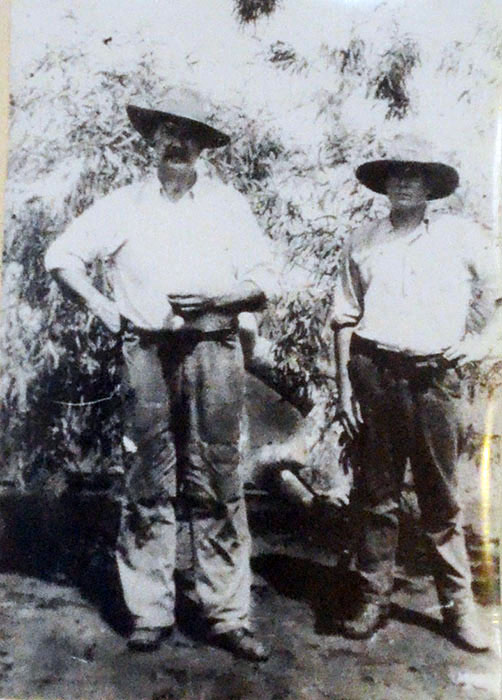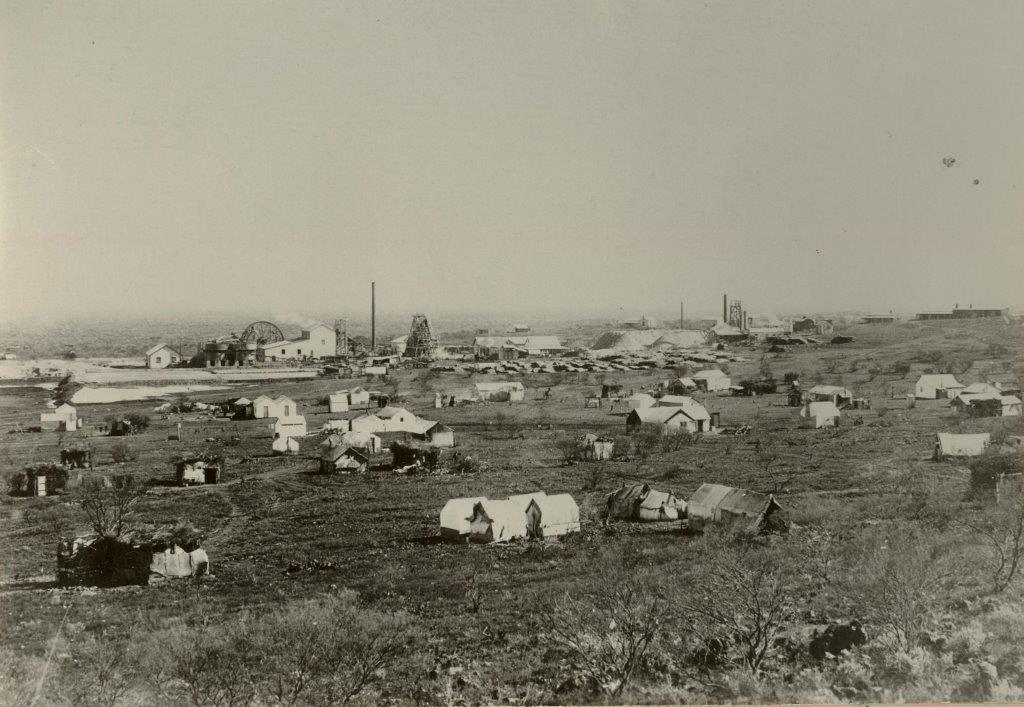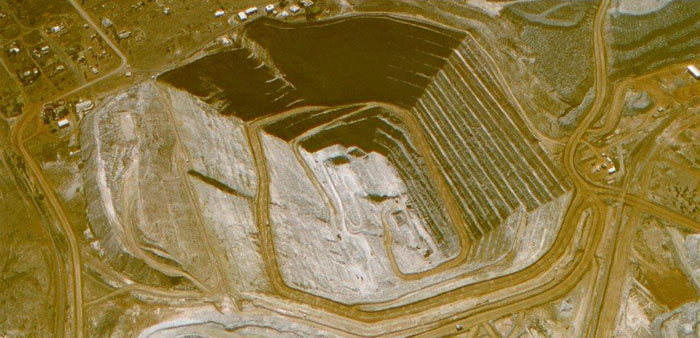History of Gwalia
The Mine and Gwalia Settlement
Gold is discovered
In 1896 three Coolgardie prospectors discovered a rich gold reef near Mount Leonora, a small, rocky hillock in the vast Western Australian hinterland about 230km north of the booming gold towns of Kalgoorlie and Boulder. The Sons of Gwalia mine opened the following year, surrounded by a growing miners’ settlement of tents and rough shanties built of corrugated iron, timber and canvas.
Read more...
Herbert Hoover takes the lead
The London-based firm, Bewick Moreing & Company, sent 23-year-old mining engineer Herbert Hoover to inspect the Sons of Gwalia mine. Hoover recognised its potential and on 17 November 1897 Bewick Moreing purchased the mine.
Two months later, the Sons of Gwalia Company was launched on the London Stock Exchange with Bewick Moreing securing the controlling financial interest and Herbert Hoover appointed the first manager.
Read more...
Gwalia grows

Although the Sons of Gwalia was booming and people continued to settle the land surrounding the mine, the State Government refused to gazette a townsite at Gwalia, arguing that a replication of services only 3.4km from the newly gazetted town of Leonora was unnecessary.
“A fresh township should not be started at Gwalia, which was only two miles distant from Leonora. The Government did not intend to establish more fresh towns than could be helped, as each town entailed a great deal of expense.” (Report in The West Australian, 15 February 1898, on the refusal by Mining Warden A.E. Burt to grant an application for land at Gwalia.)
Read more...
Boom to bust

Over the next few decades the fortunes of the Sons of Gwalia Mine and the community of Gwalia rose and fell. Production soared over the next five years and by 1902 the mine employed nearly 900 men. But half a century later the mine was in decline and the decision to close the operation was just months away.
In late 1963, after running at a loss for years, the final blow fell for the shareholders and employees and the mine closed, throwing 250 men out of work just days after Christmas. Trains were dispatched from Kalgoorlie to help the Gwalia residents move. Most of them took only what they could carry and, in just under three weeks, the population dropped from about 1,200 to 40.
Read more...
The mine rises again
 The community of Gwalia may have collapsed but there was still gold beneath the arid Goldfields earth. By the early 1980s, new technology enabling gold to be extracted by re-treating the tailings proved a lifeline for many formerly unprofitable mines and in 1983 a new company, Sons of Gwalia NL, was floated on the Perth Stock Exchange. A drilling program near the old incline headframe yielded positive results and an open pit was constructed.
The community of Gwalia may have collapsed but there was still gold beneath the arid Goldfields earth. By the early 1980s, new technology enabling gold to be extracted by re-treating the tailings proved a lifeline for many formerly unprofitable mines and in 1983 a new company, Sons of Gwalia NL, was floated on the Perth Stock Exchange. A drilling program near the old incline headframe yielded positive results and an open pit was constructed.
In 2005, the Sons of Gwalia NL went into receivership and its assets were purchased by St Barbara Ltd, which continues to mine the Gwalia lode underground.
Today about 12 houses in Gwalia are occupied – these homes are not accessible to the public. The State Hotel, VB & MM Mazza Store and Patroni's Guest Home are the only surviving commercial buildings in Gwalia.
Sons of Gwalia interactive timeline
A pictorial timeline of Gwalia's history.
Read more...